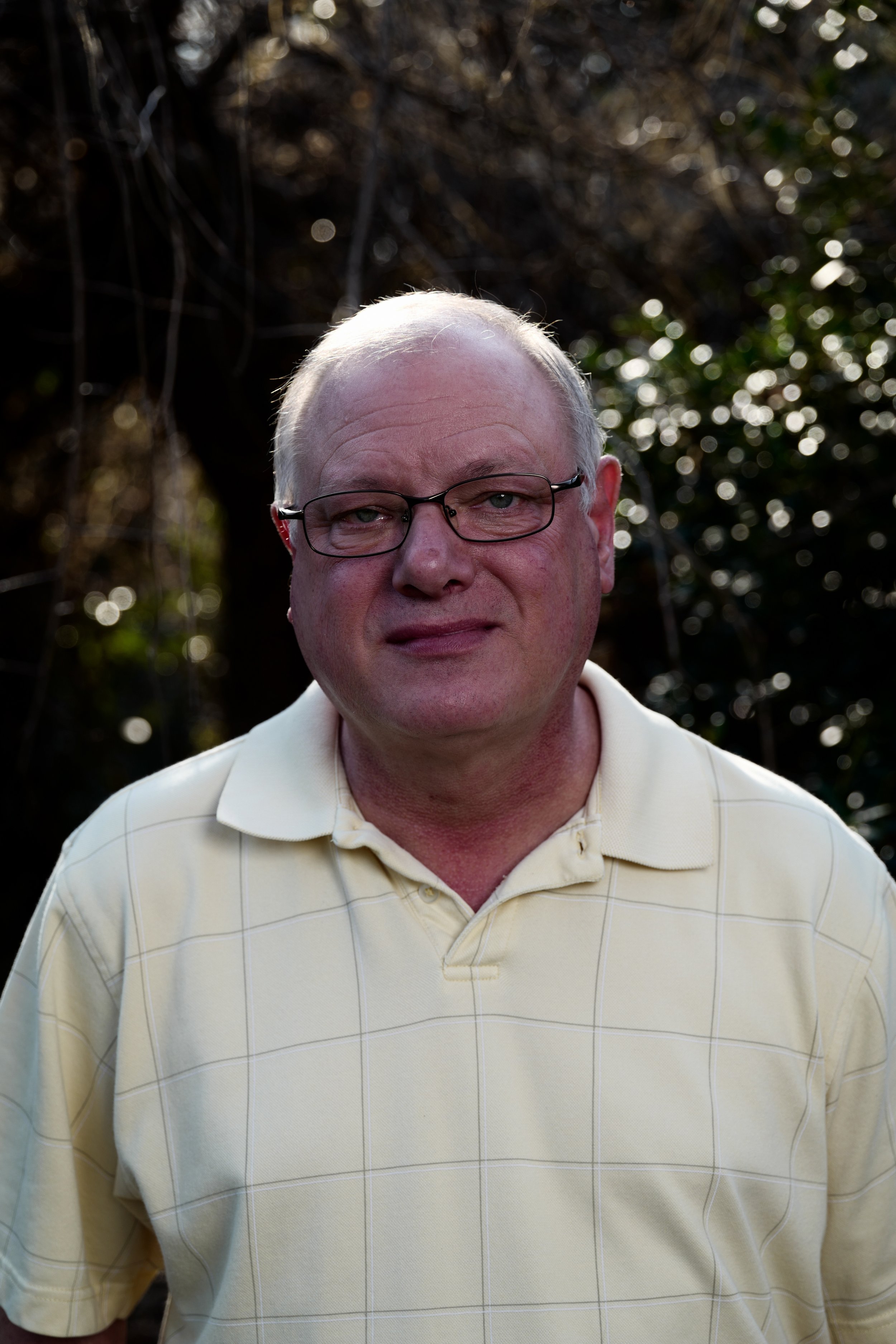3 Easy Facts About Circularly Polarized Luminescence Described
3 Easy Facts About Circularly Polarized Luminescence Described
Blog Article
Circular Dichroism for Dummies
Table of ContentsOur Uv/vis DiariesSome Known Details About Circularly Polarized Luminescence All about Uv/vis/nirOur Uv/vis/nir PDFsThe Only Guide for Uv/vis

Although spectrophotometry is most frequently applied to ultraviolet, noticeable, and infrared radiation, modern-day spectrophotometers can interrogate wide swaths of the electromagnetic spectrum, consisting of x-ray, ultraviolet, visible, infrared, and/or microwave wavelengths. Spectrophotometry is a tool that hinges on the quantitative analysis of molecules depending upon how much light is absorbed by colored substances.
A Biased View of Uv/vis/nir
A spectrophotometer is frequently used for the measurement of transmittance or reflectance of services, transparent or opaque solids, such as polished glass, or gases. Although lots of biochemicals are colored, as in, they absorb noticeable light and therefore can be measured by colorimetric treatments, even colorless biochemicals can often be converted to colored compounds ideal for chromogenic color-forming reactions to yield compounds ideal for colorimetric analysis.: 65 Nevertheless, they can likewise be designed to measure the diffusivity on any of the listed light ranges that normally cover around 2002500 nm using different controls and calibrations.
An example of an experiment in which spectrophotometry is utilized is the determination of the equilibrium constant of a service. A specific chemical response within a solution may happen in a forward and reverse direction, where reactants form items and items break down into reactants. At some point, this chain reaction will reach a point of balance called an equilibrium point.
Circularly Polarized Luminescence Fundamentals Explained
The quantity of light that travels through the solution is a sign of the concentration of particular chemicals that do not enable light to pass through. The absorption of light is because of the interaction of light with the electronic and vibrational modes of particles. Each type of particle has an individual set of energy levels connected with the makeup of its chemical bonds and nuclei and hence will soak up light of particular wavelengths, or energies, resulting in unique spectral homes.
Using spectrophotometers spans various scientific fields, such as physics, materials science, chemistry, biochemistry. circularly polarized luminescence, chemical engineering, and molecular biology. They are widely used in many markets consisting of semiconductors, laser and optical production, printing and forensic examination, as well as in labs for the research study of chemical substances. Spectrophotometry is frequently used in measurements of enzyme activities, decisions of protein concentrations, determinations of enzymatic kinetic constants, and measurements of ligand binding reactions.: 65 Eventually, a spectrophotometer is able to figure out, depending upon the control or calibration, what compounds are present in a target and precisely how much through calculations of observed wavelengths.
Developed by Arnold O. Beckman in 1940 [], the spectrophotometer was created with the aid of his colleagues at his business National Technical Laboratories established in 1935 which would end up being Beckman Instrument Business and eventually Beckman Coulter. This would come as a service to the formerly find here produced spectrophotometers which were unable to absorb the ultraviolet correctly.
The 8-Minute Rule for Uv/vis/nir
It would be found that this did not offer acceptable results, therefore in Model B, there was a shift from a glass to a quartz prism which permitted much better absorbance outcomes - UV/Vis/NIR (https://lwccareers.lindsey.edu/profiles/4273853-julie-ann-desa-lorenz). From there, Design C was born with a modification to the wavelength resolution which wound up having 3 units of it produced
It irradiates the sample with polychromatic light which the sample soaks up depending upon its residential or commercial properties. It is transferred back by grating the photodiode array which identifies the wavelength region of the spectrum. Ever since, the development and application of spectrophotometry gadgets has actually increased immensely and has turned into one of the most ingenious instruments of our time.

Uv/vis for Beginners
The grating can either be movable or fixed.
In such systems, the grating is repaired and the strength of each wavelength of light is measured by a various detector in the array. When making transmission measurements, the spectrophotometer quantitatively compares the portion of light that passes through a referral option and a test solution, then electronically compares the intensities of the 2 signals and calculates the percentage of transmission of the sample compared to the referral standard.

Report this page